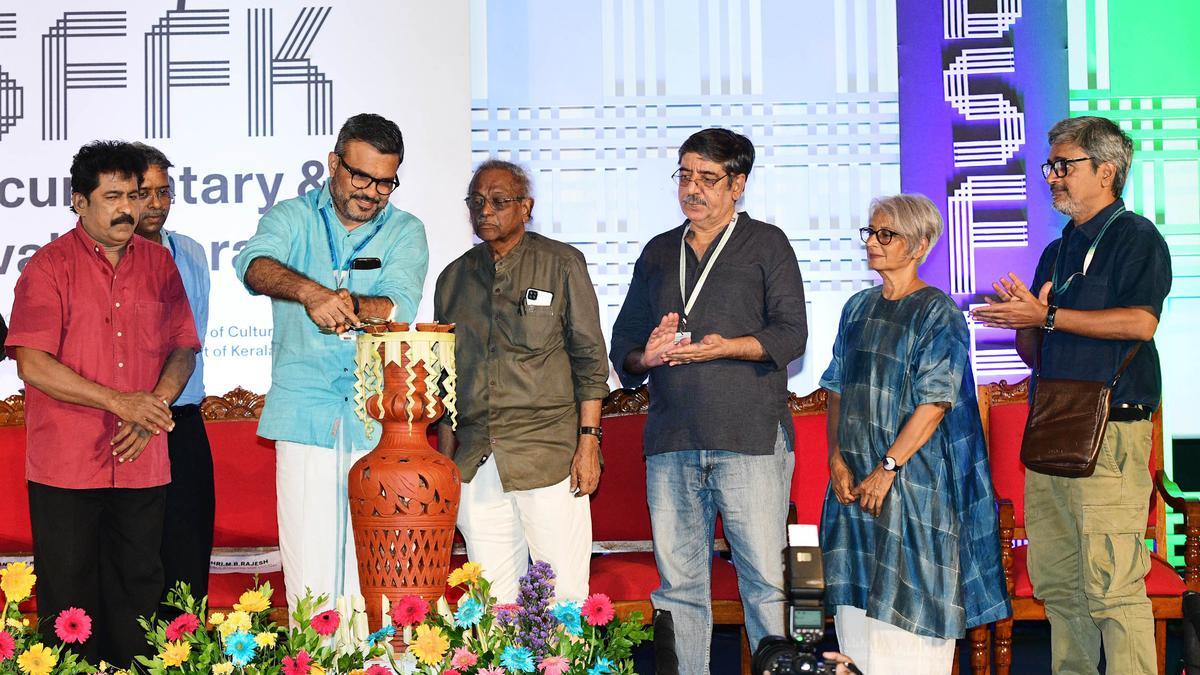
With the Indian political landscape buzzing in anticipation, the nation is currently immersed in the 2024 Lok Sabha elections unfolding in a series of seven phases. Spanning from April 19 to June 1, voters across the country are casting their ballots with hopes and expectations for the future leadership. The culmination of this democratic festival will see the emergence of the election results on June 4, a date awaited with bated breath by political aficionados and the common populace alike.
In the culturally rich and diverse state of West Bengal, the electoral process is equally partitioned among all seven phases, casting a spotlight on its 42 parliamentary seats. Among these constituencies lies Krishnanagar, known both for its historical significance and its contemporary political narratives.
As the electorate prepares for the fourth phase of the elections, the people of Krishnanagar have their date with destiny penned for May 13. A constituency that has for years been swathed in the green and white flag of the All India Trinamool Congress (AITC), it is yet again a battleground for political ideologies, aspirations, and promises of a better tomorrow.
The list of candidates vying for the Krishnanagar seat has been the subject of considerable speculation and interest. Reigning in as the incumbent force is the AITC, which has chosen to place its confidence once more in former MP Mahua Moitra—a choice that reverberates the party’s satisfaction with her past performance and commitment. Moitra’s victory in 2019 solidified her stance as a formidable contender, one who resonates well with the constituency’s electorate.
Challenging the status quo is the Bharatiya Janata Party (BJP), which has fielded Amrita Roy, a fresh face with political ambitions and the party’s backing to potentially sway the Krishnanagar voters in a new direction. The BJP’s choice appears to be in the pursuit of a political upheaval that might unsettle the long-standing AITC dominance in the region.
The past electoral tides serve as both a testament to the political leanings in Krishnanagar and a historical ledger from which future predictions are made. In the 2019 general elections, the AITC’s stronghold was made evident with Mahua Moitra’s impressive victory, garnering a staggering 614,872 votes. The BJP, not far behind, placed Kalyan Chaubey in the race, who with 551,654 votes, had to settle as the runner-up.
Rewinding further to the 2014 Lok Sabha elections, AITC’s Tapas Paul emerged as the victor with 438,789 votes, eclipsing CPI(M)’s Jha Shantanu, who secured 367,534 votes. These past results reiterate the constituency’s inclination towards the AITC, but they also hint at a growing opposition undercurrent that is manifesting in an increasingly competitive political environment.
The sprawling narrative of the Krishnanagar constituency, replete with political strategies and citizen hopes, also underscores the significance of accessible information to the electorate. Noteworthy in this quest for informed voting and civic engagement is the availability of the DNA app on the Google Play Store, designed to be a cornerstone in providing election updates, analysis, and a plethora of other news items that keep the citizenry informed and invested.
As the nation gears up to determine its trajectory for the next five years, the Krishnanagar constituency stands as a microcosm of the larger democratic spirit prevailing in India. The political currents of Krishnanagar, for now, remain under intense scrutiny and speculation, biding time until the election day unravels the final verdict of its vibrant electorate.










